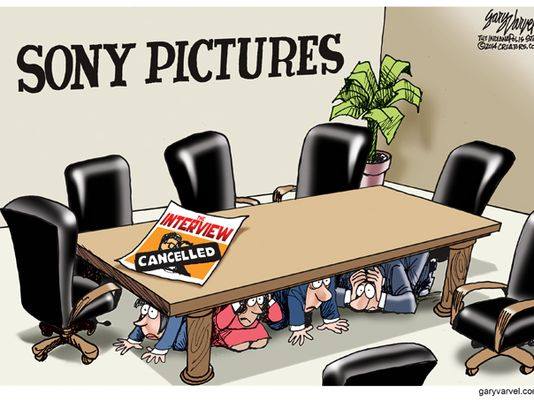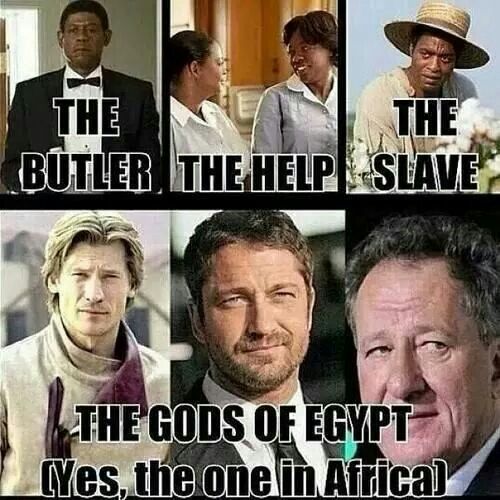In the United States, crime is and always has been viewed as negative, unproductive behavior in society. However, there is a vast difference in how the public perceives different kinds of crimes committed and who commits these crimes, especially due to how media and art outlets portray specific kinds of crime. These crimes breaks down into two categories of crime: the white-collar financial crimes (insurance fraud, money laundering, etc.) and the street crimes (theft, robbery, battery, etc.) Throughout the media, television shows, and movies, white-collar crime is depicted has victimless, exciting, usually being committed by attractive white males having a grand old time. On the other hand, street crimes are viewed as horrific atrocities often committed by minorities in low-income neighborhoods.
White-collar crimes are non-violent crimes that are committed by business executives (usually wealthy white males) or employees of larger corporations engaged in fiduciary relationships with the public. These crimes have received a lot of attention in the United States since the 2008 recession, when a number of fraudulent activities at the country’s biggest banks, lenders and financial institutions became known to the public and law enforcement. Those activities resulted in losses to investors, stockholders, and even people’s life savings to the tune of billions of dollars in total. However, as the economy has improved since 2008, the film and television industry are pushing out a ton of works on these criminals both fiction and non-fiction, almost glorifying their “amazing feats” by pulling off these complex schemes.
Clearly, white-collar financial crime is glorified in the American film industry, which highlight crimes such as embezzlement, accounting fraud, insider trading, and insurance fraud, all of which are felonies that negatively affect millions of people. For example, in Martin Scorsese’s popular movie, “The Wolf of Wall Street”, it tells the true story of Jordan Belfort and his involvement in major stock market manipulation schemes and various penny-stock scams. This artistic piece from 2013 elaborates on the glamorous and eccentric lifestyle of Jordan Belfort (played by Leonardo DiCaprio), and his associates, showcasing their fancy cars, beautiful women, and out of this world parties. The film shows the scams he commits but fails to showcase the various victims that he scammed out of their life savings, ruining the lives of thousands of individuals and small business owners. Yet individuals who watch this movie, are enamored by the crazy lifestyle of Jordan Belfort and are usually rooting for him to get away and avoid detection by federal authorities. Although this is just a movie, I believe this mentality truly seeps into people’s minds, because they associate white collar crime with the stories they hear about it. Seeing this story does not show any victims of his crimes, and shows the amazing life full of drugs, sex, and alcohol that people aspire to have. Yet, when we see petty theft crimes on the street, individuals are quick to judge and want to lock up people trying to steal food because they are hungry. The shadow space between art and crime is clearly represented here because these movies are portraying white-collar crime offenders as almost a hero-like character.
Another movie, “The Rainmaker” directed by Francis Coppola in 1997, is a fictional story about a corrupt insurance company, starring Matt Damon and Danny Devito. One of the biggest types of white-collar crime, premium fraud, defined as missing or erroneous underwriting information, amounts to about $29 billion a year for personal auto insurers, according to a 2017 Verisk analytics study. This is often misconstrued as a “victimless” crime, but the public are left to foot the bill (i.e our own premiums increase) because of individuals who are engaged in fraudulent activities rip off insurance companies. Essentially, individuals that over-claim or lie about insurance claims and get paid out for them, are stealing from us because insurance companies then raise our own premiums to make up for their losses. Therefore, we are the victims and yet the public, the media, and various forms of film art showcase these financial paper criminals as daring/cunning individuals, only stealing from the super-rich.
Overall, the art and film industry need to address the shadow space issue of art and crime by not highlighting these white-collar criminals as cunning and smart, without addressing the victims’ painful stories. These art pieces are not helping the criminality over financial crimes and are glorifying the stealing of people’s pensions, senior citizen’s life savings, and honest individual’s paychecks. All the while, the media and other art forms on screen are blasting individuals for street crimes that are not even in the same ballpark for the seriousness of the crime.
Although these movies are enjoyable and interesting, by consuming these art forms and not shaming white-collar criminals we are essentially validating their “victimless” work, creating an unfair two-tier system that only punishes street crimes harshly.
#whitecollarcrime #fraud #economy #hollywood #film








This type of crime has been glamorized by Hollywood movies and the consequences of tax invasion has not been fully shown. I still remember watching “the wolf of wall street” and not fully seeing why his money laundering and tax invasion was wrong
I think part of the difference in how white collar crime is treated differently than street and other crimes is the type of people that commit them. White collar crimes such as money laundering, fraud, and embezzlement, are usually committed by well respected individuals who have unique opportunities. Not everyone has the chance to embezzle a million dollars, only the accountant for a fortune company would. We tend to give these people slack because they have usually been crime free for their lives and are of high status. Note all the celebrities that have been convicted of tax evasion, and yet not much is said about them. Plus, these crimes are definitely not victimless, but it is harder to track how it affects others, different from how an assault has a clear victim. I hope the perception of white collar crime changes over the years as people of higher status should not be exempted from their crimes too.